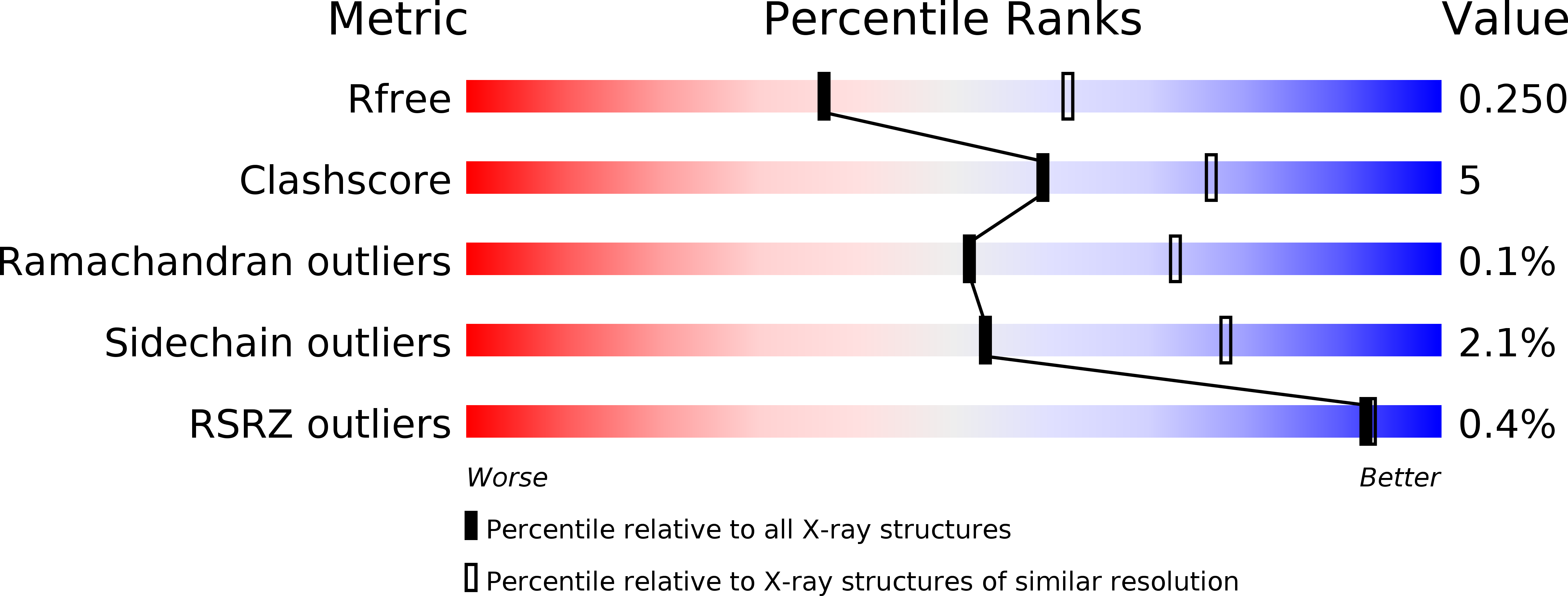
Deposition Date
1998-09-17
Release Date
1999-10-07
Last Version Date
2023-12-27
Method Details:
Experimental Method:
Resolution:
2.50 Å
R-Value Free:
0.27
R-Value Work:
0.19
R-Value Observed:
0.19
Space Group:
P 21 21 21


